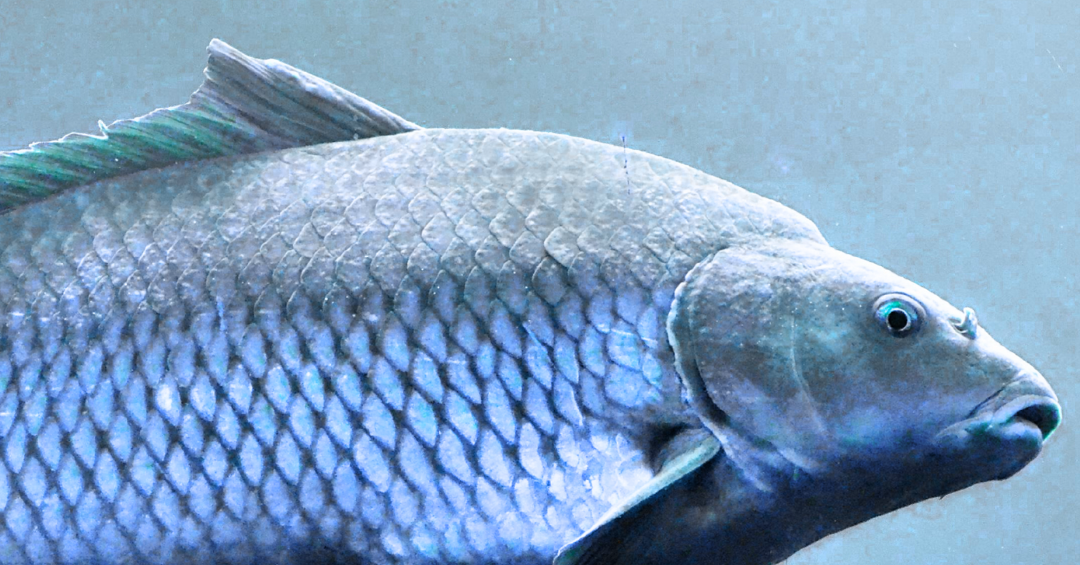EVFA’s Documentary Research Grant backs nonfiction projects at the moment when research, access, and story exploration define what a film can become!
Each selected filmmaker receives an $8,000 USD grant for feasibility research, access-building, and core preparatory materials. Over 8–10 weeks (Jan–Mar 2026) participants will follow a guided pathway with clear check-ins, one-to-one mentorship, and two group sessions, to finish with a solid treatment, audience definition, distribution map, and a practical impact plan.
Who should apply: Filmmakers developing feature docs or series that tackle ethical-systems stories- culture, climate, human stories, and our relationship with non-human life.
Deadline: 6 November 2025
Notifications: Early December 2025
Grant amount: $8,000 USD
Apply here: https://forms.gle/3jVyE5am76dGWhf26
Read more about the grant below:
What type of projects are eligible for the Research Grant?
Feature documentaries and docuseries (episodic) are both eligible, including non-English language projects. Projects must be in the research or pre-research phase (not already in pre-production, production, or post), should align broadly with topics tackling ethical consumption (food, animals, culture and climate), and be open to pivoting (if necessary) based on research findings.
Who decides which projects are awarded the funding?
A review committee is being built from our advisory board, and this will be the deciding body.
How long will the research period be?
The research period will run for about 8-10 weeks between January and March, with some flexibility based on filmmaker’s commitments.
How many filmmakers will receive the grant?
3-5 filmmakers / filmmaking teams.
Can I still apply if I’ve already started research?
Yes, as long as you’re open to the potential that your film, story or characters may change direction if that’s where the research takes you.
Where should the money go?
Funds can be used to support your own time and




